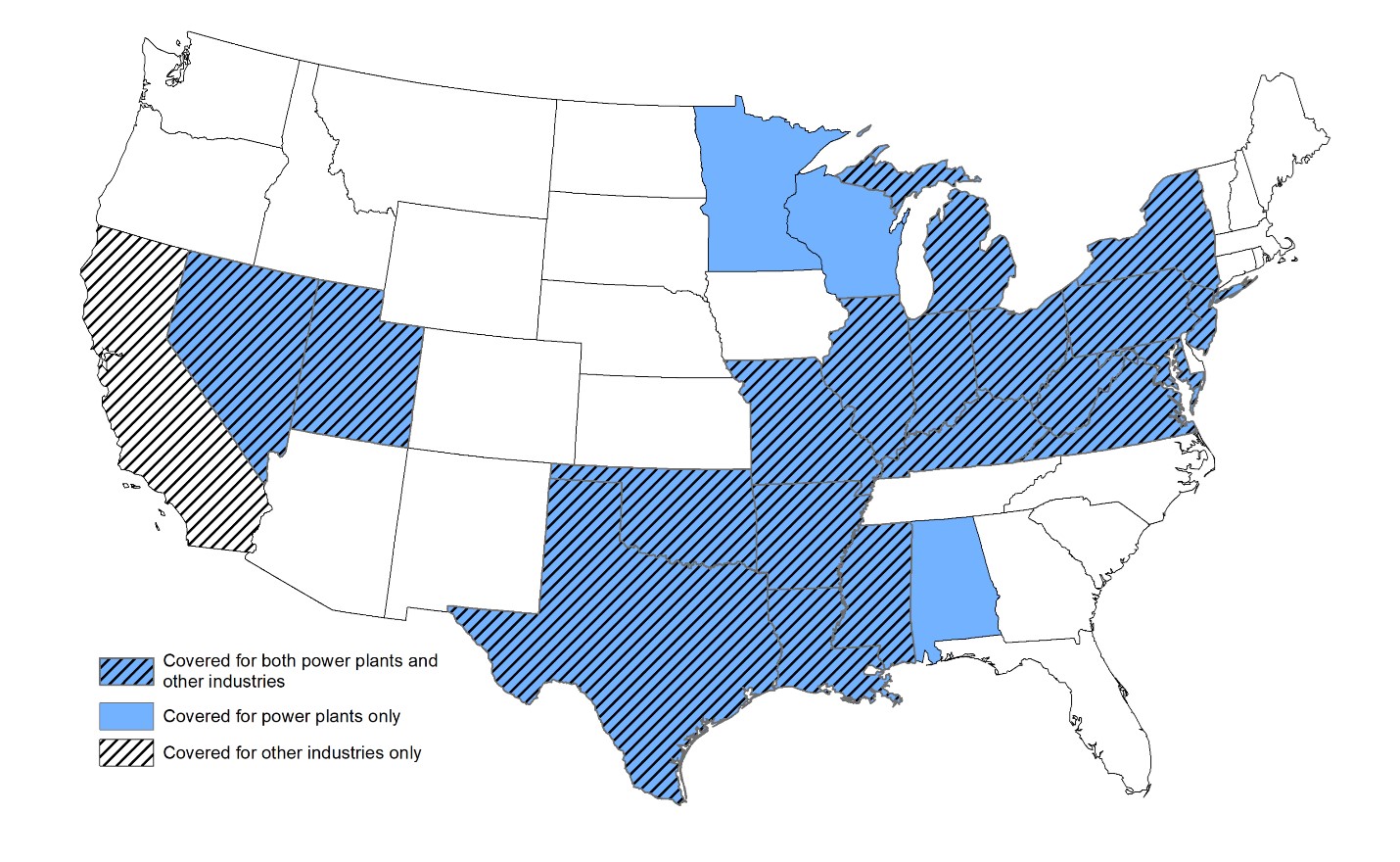On March 15, 2023, the U.S. Environmental Protection Agency (EPA) issued its final Good Neighbor Plan addressing reductions in ozone-forming emissions of nitrogen oxides (NOX) from power plants and industrial facilities. The new rule will restrict smokestack emissions in 23 states that impact other states downwind from the source. The objective is to assist downwind states to attain and maintain the 2015 ground-level ozone National Ambient Air Quality Standards (NAAQS).Section 110(a)(2)(D)(i)(I) of the Clean Air Act requires each state in its State Implementation Plan (SIP) to prohibit emissions that will significantly contribute to nonattainment of a NAAQS, or interfere with maintenance of a NAAQS, in a downwind state. The Act requires the EPA to backstop state actions by promulgating Federal Implementation Plans (FIPs) in the event that a state fails to submit, or the EPA disapproves good neighbor SIPs.
Ozone Precursors Are the Target
The EPA defines the amount of ozone-precursor emissions (here, nitrogen oxides) that constitute significant contributions to nonattainment and interference with maintenance from the 23 “upwind” states. With respect to fossil fuel-fired power plants in 22 states, the rule prohibits these emissions by implementing an allowance-based trading program beginning in the 2023 ozone season. View the important dates for the Trading Program.
For other industrial stationary sources in 20 states, the rule sets emissions limitations and related requirements beginning in the 2026 ozone season. The industrial source types are:
- Reciprocating internal combustion engines in Pipeline Transportation of Natural Gas;
- Kilns in Cement and Cement Product Manufacturing;
- Reheat furnaces in Iron and Steel Mills and Ferroalloy Manufacturing;
- Furnaces in Glass and Glass Product Manufacturing;
- Boilers in Iron and Steel Mills and Ferroalloy Manufacturing, Metal Ore Mining, Basic Chemical Manufacturing, Petroleum and Coal Products Manufacturing, and Pulp, Paper, and Paperboard Mills; and
- Combustors and incinerators in Solid Waste Combustors and Incinerators.
The Ozone NAAQS
In 2015, the EPA revised the primary and secondary eight-hour standards for ground-level ozone to 70 parts per billion.[1] By October 1, 2018, states were required to submit to EPA ozone infrastructure SIP revisions to fulfill interstate transport obligations for the 2015 ozone NAAQS.
The Upwind States Subject to the Rule
In the context of the new rule, the EPA made a finding that interstate transport of ozone precursor emissions from 23 upwind states is significantly contributing to nonattainment or interfering with maintenance of the 2015 ozone NAAQS in other states. Those 23 upwind states are Alabama, Arkansas, California, Illinois, Indiana, Kentucky, Louisiana, Maryland, Michigan, Minnesota, Mississippi, Missouri, Nevada, New Jersey, New York, Ohio, Oklahoma, Pennsylvania, Texas, Utah, Virginia, West Virginia, and Wisconsin.
EPA’s updated analysis suggests that the states of Arizona, Iowa, Kansas, and New Mexico may be significantly contributing to one or more nonattainment or maintenance receptors; but the agency is not now making any final determinations with respect to these states and will address these states, along with Tennessee and Wyoming, in a subsequent action or actions.

The Good Neighbor Rule will be effective 60 days from its publication in the Federal Register. See the EPA’s full fact sheet here.
This post was drafted by John Watson, an attorney in the Denver, Colorado office of Spencer Fane LLP. For more information, visit www.spencerfane.com.
[1] 80 FR 65291 (October 26, 2015).
